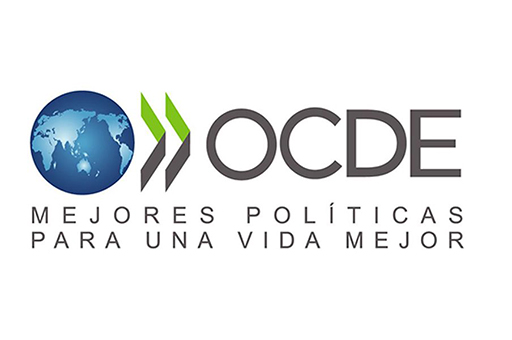The Covid-19 crisis has led to the closure of all schools in more than 100 countries in order to protect society from the spread of the coronavirus. These closures have affected almost one billion children. Educating young people during this crisis has posed numerous challenges and has led to a forced change in the approach to education. Home schooling during the pandemic could be a turning point that will change education forever, says Andreas Schleicher, Director of Education at the OECD.
Until the pandemic closed schools, only a few students received any kind of educational continuity from their homes. In the United States, out of a school population of 56.6 million, it is estimated that only 1.7 million had access to this type of educational support. Today, the educational landscape has changed. Schools are using Microsoft and Google platforms and conference applications such as Zoom to connect by videoconference and deliver lessons to their students. It fast became a global priority to ensure continuity to students’ learning process at this time. The question is whether we are approaching the problem from the right techno-pedagogical solution.
In some countries, the task of education has fallen to parents as the direct guardians of their children’s learning process. In many homes, digital technologies are increasingly used to teach children lessons from home. And many students have been able to establish a direct connection with the teacher, carrying out distance learning sessions through the various ICT tools available for the educational sphere. However, it is important to ensure that these advances in e-learning do not leave behind the most disadvantaged, who do not have access to technology, and this is where a gap in the system emerges.
According to the global education survey conducted by OECD TALIS (Teaching and Learning International Survey), teachers around the world recognised that the lack of digital technology in the classroom was hampering learning. Only 60% of these teachers received training and professional development in the use of ICT as a means of providing a learning experience. In addition, 20% expressed an urgent need for training in this area. Generally speaking, the results indicate that technology should play a much more active and important role in an educational sequence. Among the OECD’s initiatives, it is worth noting its monitoring of how technology is replacing in-person teaching. Schleicher sees the crisis as an opportunity to rethink the way education is organised. He argues that teachers and schools should not be considered “knowledge delivery systems” and that teachers should be empowered to take the lead in the teaching and learning process. In Japan, for example, private sector companies are offering free online courses to children in lockdown through a government digital platform that allows students and parents to choose what to study. This means involving families in the choice of resources best suited to the learner’s circumstances.
In this regard, the World Economic Forum concludes that nothing will ever be the same in education after the pandemic. Teachers continue to perform their duties in these times of crisis. They share links to shared resources on a daily basis, offering free access to educational programming for families. Many of them are in continuous struggle with the instructions and restrictions imposed by their school’s district, management and departments.
As a result, the education community has focused on providing students with activities they can complete in order to continue their learning process and follow the course of the academic year. Families are struggling to learn how to work from home, added to which are factors such as teleworking, day-to-day family care, etc. Difficulties such as the lack of an Internet connection in some homes, the absence of electronic devices or the availability of a single computer at home are added burdens. All these factors must be taken into account in the current context of distance learning. Ensuring that learners and their families are provided with support and options for further learning during lockdown is paramount.
Throughout this period, many teachers have shared their experiences. And they agree that communication in community is the first step. Start by creating a sense of familiarity. The next step would be to share a teaching plan outlining how learning will take place from home. One of the challenges is to find a way to provide security, support and routines. If technology allows it, get students to communicate with each other, and in turn establish individual communication with each student.
With regard to the academic content of the course, teachers are advised to start with materials and tasks that students can successfully complete from home. Ensure that students manage to fulfil expectations. It is vital to recall that online learning is more challenging in these conditions and is not yet ready to replace in-person education in the classroom. Probably the best course is to combine the two scenarios.
Learning from home is one of the biggest challenges to educational equity. If experts agree on anything, it is that this crisis will force changes in the educational landscape. It is very likely that schools will not be the same when they reopen after the pandemic. Experts believe that the innovations teachers use can lead to lasting change, and technology will play a crucial role in the schools of the future, or perhaps those of the present.
For more information, visit the websites:
[efsrow]
[efscolumn lg=”4″ md=”4″ smoff=”0″ mdoff=”0″ lgoff=”0″ ]

[/efscolumn]
[efscolumn lg=”4″ md=”4″ smoff=”0″ mdoff=”0″ lgoff=”0″ ]

[/efscolumn]
[efscolumn lg=”4″ md=”4″ smoff=”0″ mdoff=”0″ lgoff=”0″ ]

[/efscolumn]
[/efsrow]
Are you involved in any initiative that aims to ensure learning continuity during the global Covid-19 crisis? Share your initiative HERE!







